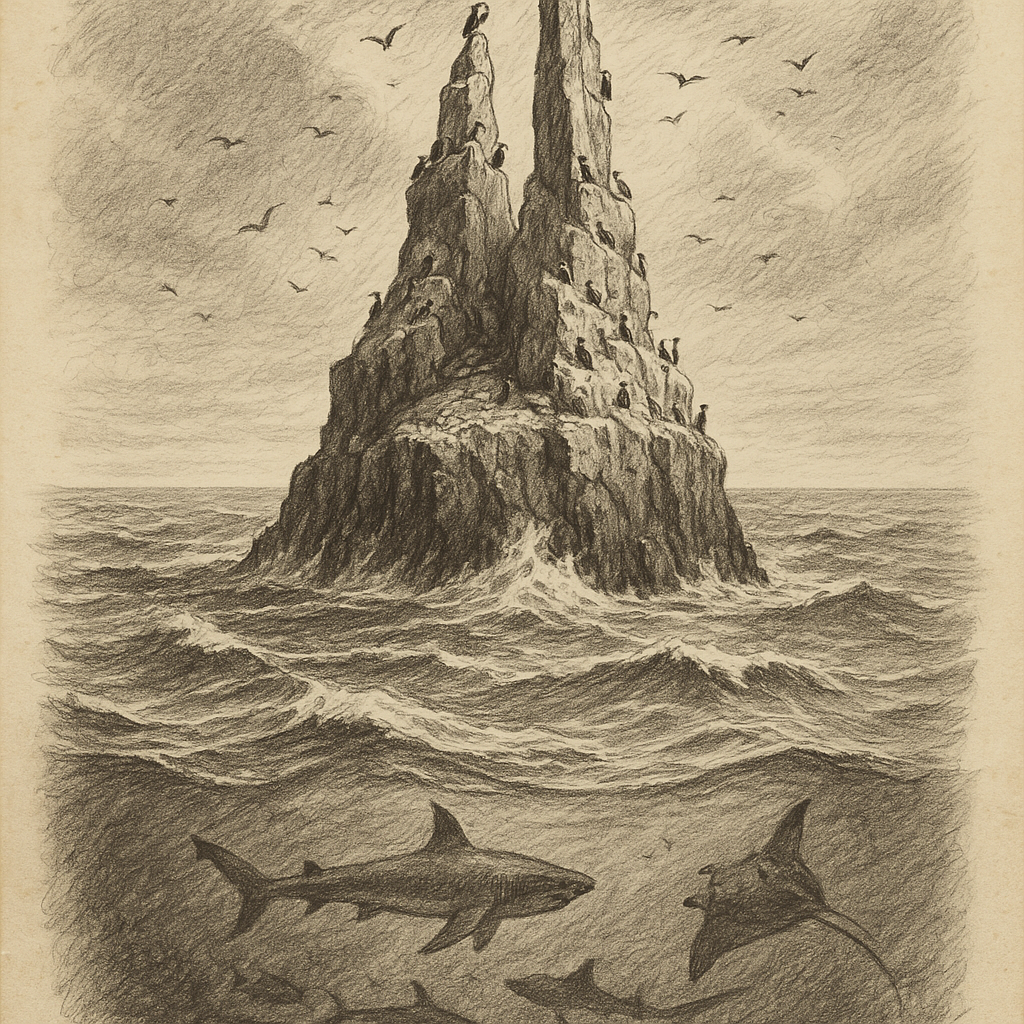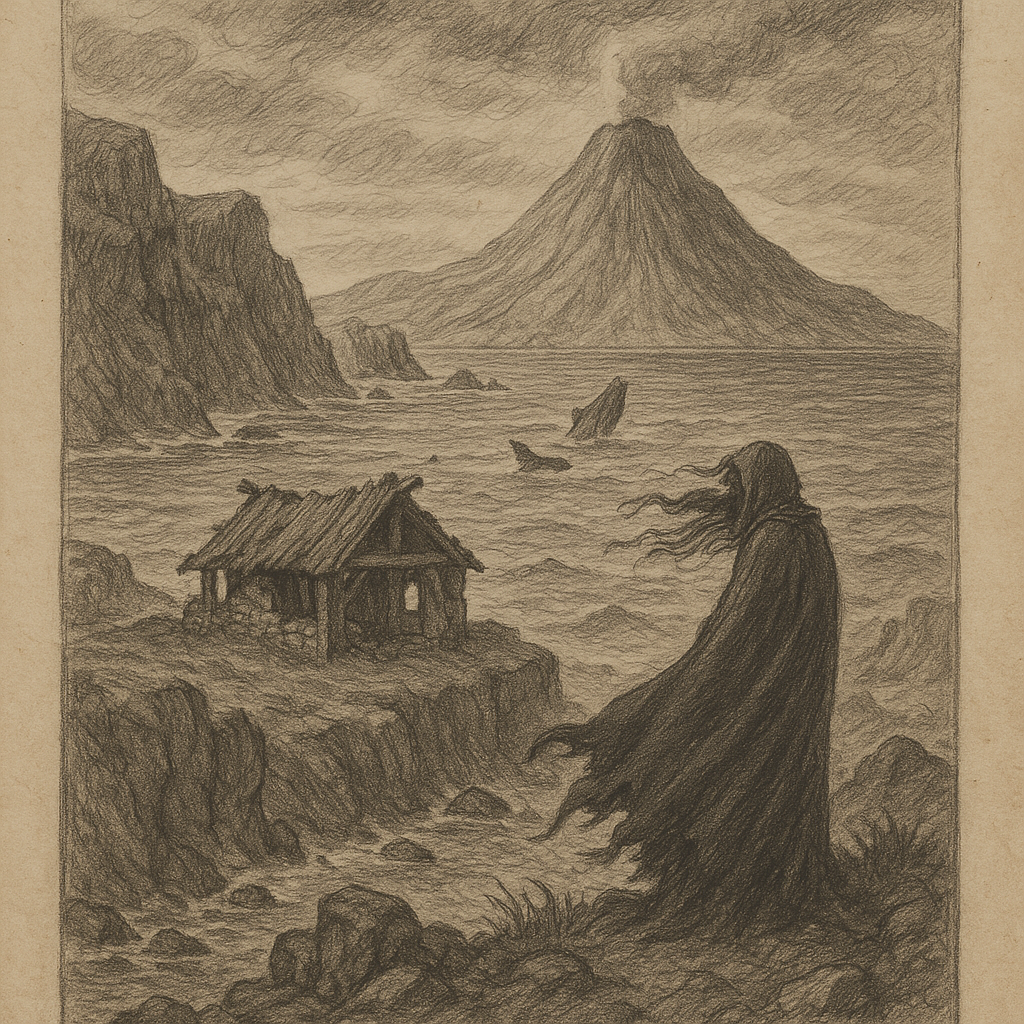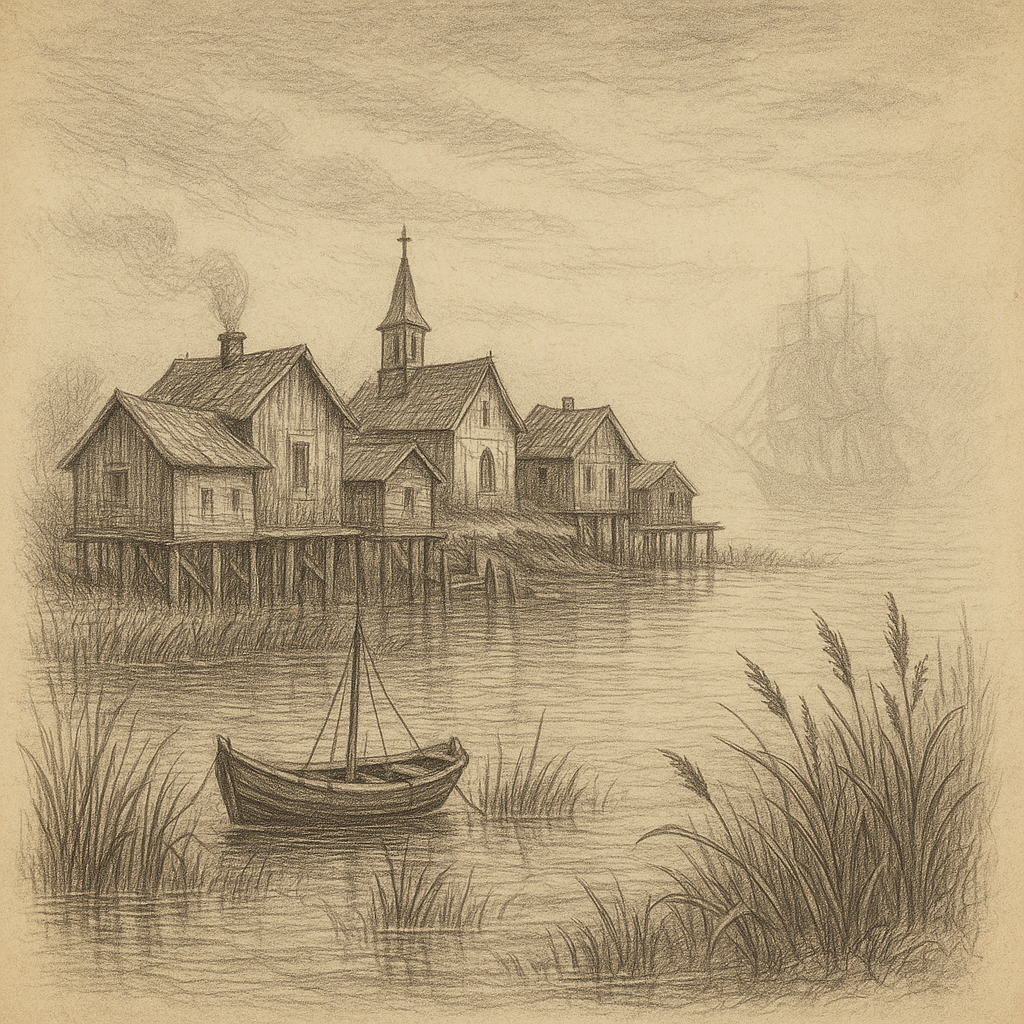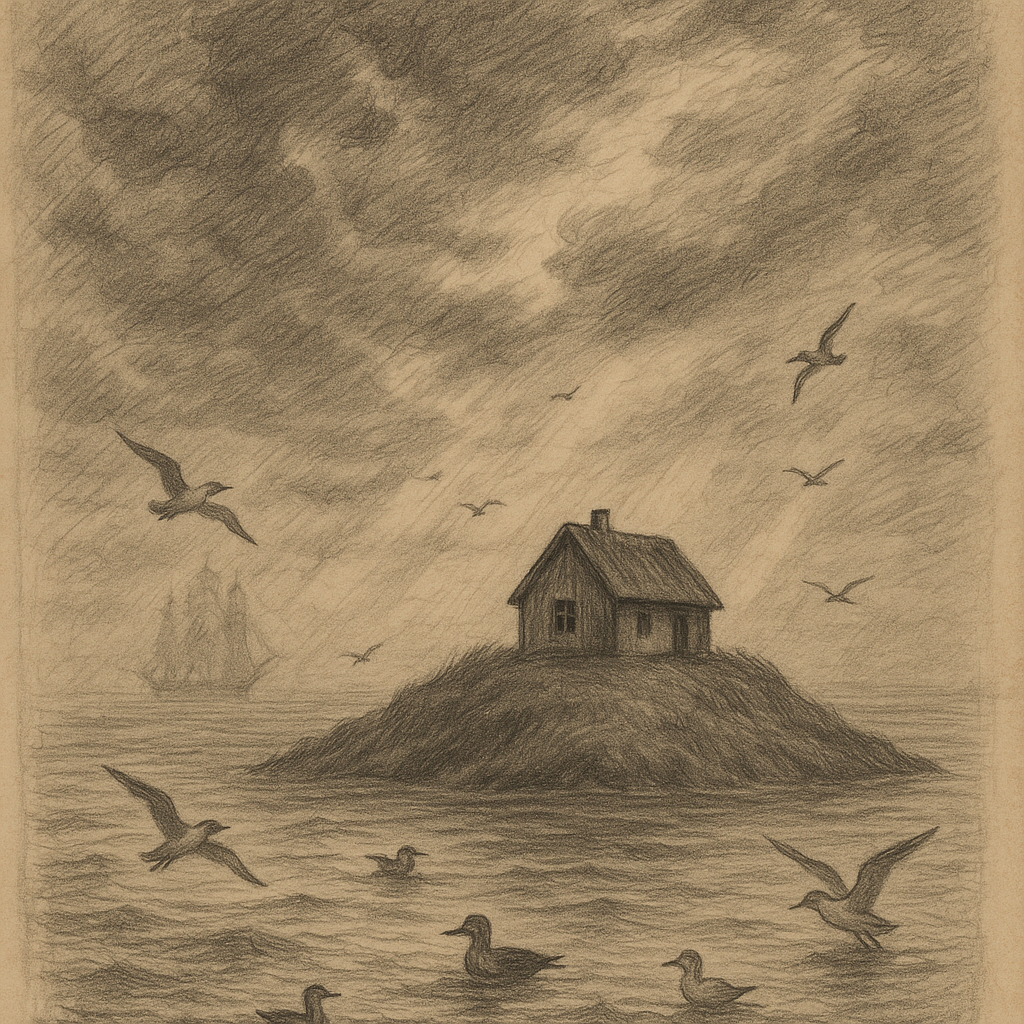Isla Roca Partida: A Remote Jewel of the Pacific
Far out in the eastern Pacific Ocean lies one of Mexico’s most remote and uninhabited natural wonders—Isla Roca Partida. Part of the Revillagigedo Archipelago, Roca Partida is a stark but striking speck of land famed among adventurers, marine scientists, and divers for its spectacular underwater life and dramatic geology. Though just a small, barren rock rising steeply from the ocean, Roca Partida holds a unique place in the ecology and mythology of the Pacific.
Geographic and Geologic Overview
Isla Roca Partida is located approximately 390 kilometers southwest of Baja California and about 110 kilometers east of Isla Socorro, the largest island in the Revillagigedo Archipelago. The rock itself is tiny—only 91 meters long and 45 meters wide at its broadest point—and composed mostly of bare volcanic rock, rising roughly 30 meters above the ocean surface. Roca Partida is the eroded remnant of a volcanic cone, and unlike its sister islands Socorro, San Benedicto, and Clarión, it does not support any vegetation or terrestrial life due to its steep profile and lack of fresh water.
Roca Partida forms part of the Ring of Fire, a vast tectonic zone that circles the Pacific plate and is responsible for much of the Earth’s volcanic activity. The archipelago is of volcanic origin, arising from submarine volcanoes that began erupting around 3.5 million years ago. Underwater, the structure of Roca Partida expands dramatically, forming a submerged volcanic cone that provides crucial habitat for marine biodiversity.
A Hub for Marine Biodiversity
Beneath its desolate surface, Roca Partida extends into a rich and diverse marine environment, which makes it one of the most treasured dive sites in the world. The rock plunges quickly into the ocean depths, where deep current systems bring nutrient-rich waters that support an abundance of aquatic life. Large pelagic species such as manta rays, whale sharks, humpback whales, and various species of sharks—including hammerhead and Galápagos sharks—frequently circle the vertical walls of Roca Partida.
The surrounding waters are part of the Revillagigedo Biosphere Reserve, a UNESCO World Heritage Site designated in 2016 to protect the area’s extraordinary biodiversity. The richness of marine life around Roca Partida is so intense that it is often compared to the best dive sites in the Galápagos Islands. Swarms of jackfish, snappers, and tuna school near the rock, while moray eels and lobsters hide in its crevices. Due to the fragility and uniqueness of its ecosystem, diving expeditions to Roca Partida are strictly regulated, and access is only granted to operators with permits.
Interesting Facts About Roca Partida
Despite its minuscule size and lifeless appearance above water, Roca Partida boasts a set of fascinating characteristics:
– The name “Roca Partida” translates to “Split Rock” in Spanish. It is so named because the island appears to be divided into two peaks when viewed from a distance.
– There are often hundreds of seabirds—such as red-footed boobies and frigatebirds—resting on the rock’s ledges, using it as a nesting platform.
– The island’s waters are among the clearest in the world, with average underwater visibility often exceeding 30 meters, offering divers a surreal experience.
– Roca Partida features vertical drop-offs on all sides, creating underwater cliffs that continue down to depths of over 300 meters.
– Because the island lacks anchorage or flat surfaces, no structure or station has ever been established on it, and no human has ever lived there permanently.
Legends and Lore of Roca Partida
Though devoid of inhabitants, Roca Partida has inspired numerous tales among sailors and local fishermen over the centuries. One of the more enduring legends says that the rock is watched over by the “Guardian of the Deep,” a mythical sea creature said to live in the underwater caves below the island. According to local lore, this guardian only reveals itself during violent storms, when enormous waves crash against the split rock and the skies roar with thunder. Some fishermen claim to have seen massive shadows below the surface—too large to be any whale or known sea creature—circling the island during stormy nights.
Another tale speaks of Roca Partida as a sacred boundary between the natural world and “the blue beyond”—a name given to the vast, mysterious expanse of the deep Pacific. In some indigenous traditions from western Mexico, the Revillagigedo Islands, including Roca Partida, were believed to be stepping stones for the spirits of the dead as they journeyed across the ocean to the afterlife. Roca Partida, poised solitary and dramatic in the open sea, was seen as a sentry point along this spiritual pathway.
Access and Conservation
Getting to Roca Partida is no small endeavor. The island is only accessible by boat, typically onboard specialized liveaboard diving vessels departing from Cabo San Lucas or Puerto Vallarta. The journey takes over 24 hours through open sea, and due to logistical and environmental constraints, divers are usually allowed only a few days per trip to explore its waters.
As part of the federally protected Revillagigedo National Park, Roca Partida now enjoys the highest level of environmental protection under Mexican law. Commercial fishing, resource exploitation, and unauthorized tourism are strictly prohibited, with conservation efforts focused on preserving the island’s unique marine ecology. Marine scientists continue to monitor the waters around the rock for signs of climate change impact, including warming seas and shifts in species migrations.
Conclusion
Isla Roca Partida stands as a testament to the raw beauty and mystery of the world’s oceans. Though it rises barely 30 meters above sea level and holds no settlement or vegetation, its power lies beneath the waves in the thriving life it supports and the myths it inspires. As both a haven for marine biodiversity and a symbol of natural solitude, Roca Partida invites awe not just from those who dive its depths, but also from those who dream of the world’s untouched frontiers.



